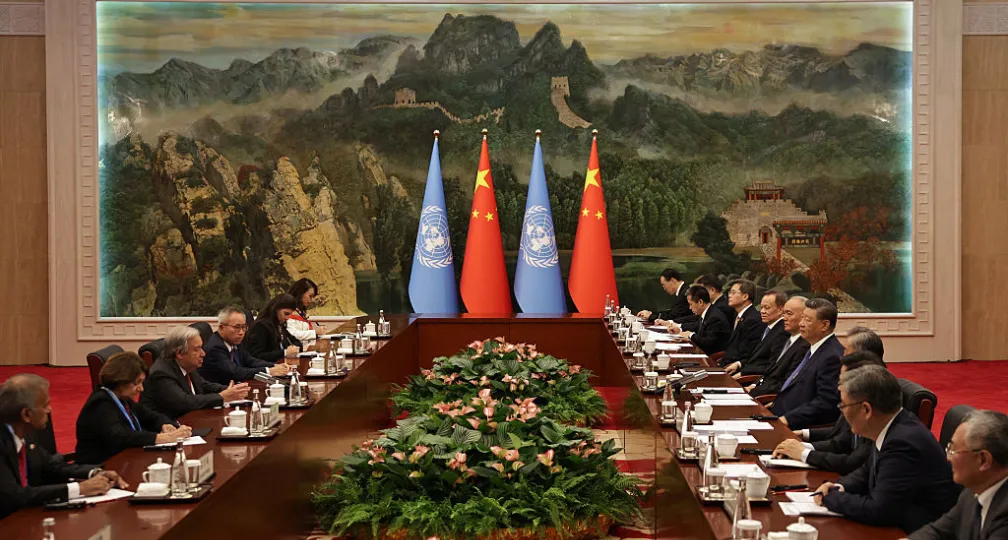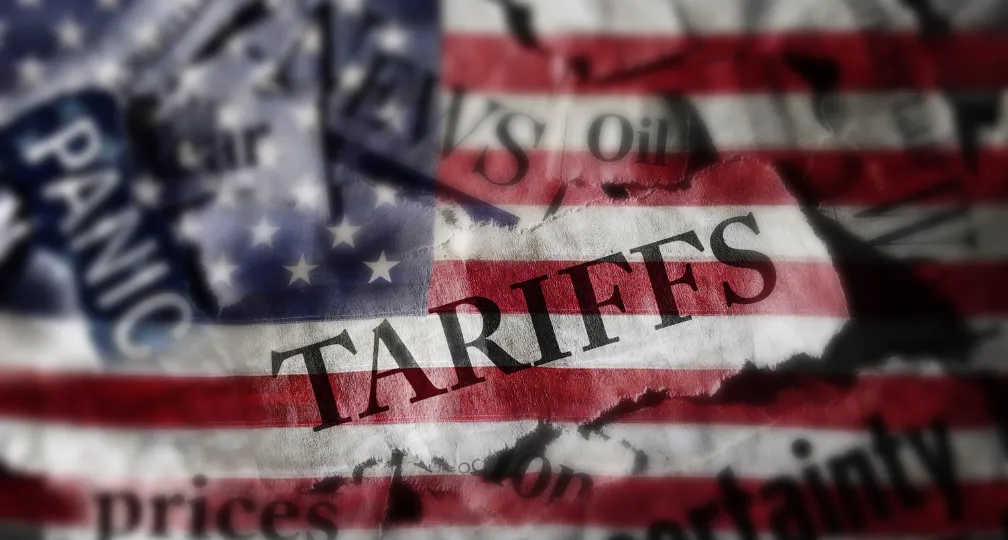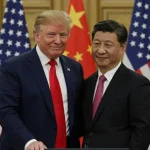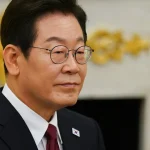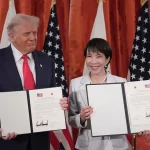Trump’s Tariff Policy through a Geoeconomic Perspective
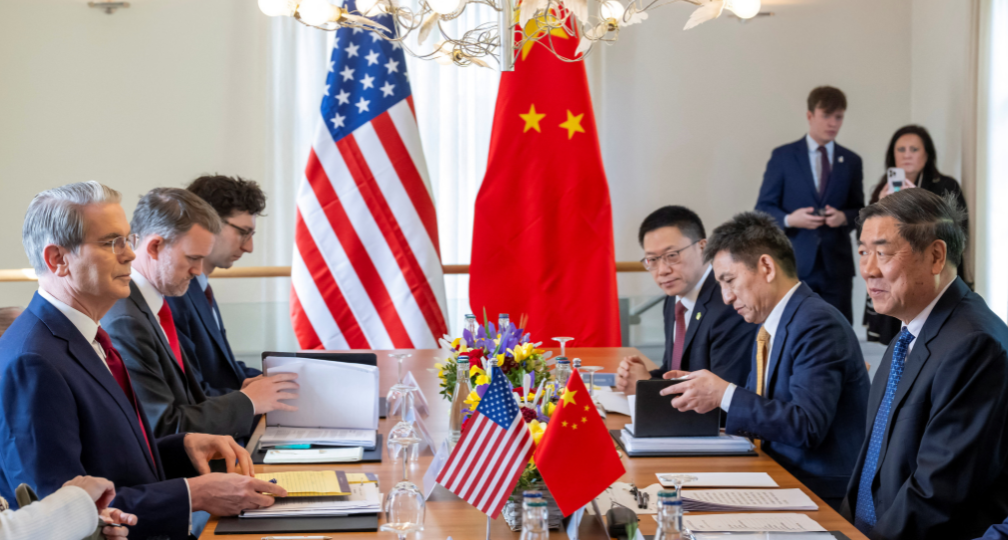
The Trump administration’s second-term tariff strategy represents a sharp departure from the principles of the postwar international trading system, and in many ways, it signals the end of that system. To understand why, it is crucial to examine U.S. tariff policy through a geoeconomic perspective: how the administration wields power, how targeted countries might respond, and what kind of international trade order could emerge if free trade truly gives way.
Defining Geoeconomic Power
Geoeconomic power rests on three main pillars.
First is strategic autonomy. This refers to the ability of a state to insulate itself from economic coercion by minimizing dependence on others. The United States, with its food self-sufficiency above 100% and abundant energy resources, enjoys high autonomy in those sectors. Yet in manufacturing it carries an enormous trade deficit, leaving it heavily dependent and thus less autonomous.
Second is indispensability of goods. In geoeconomics, choke points are defined not by geography, as in the Malacca Strait, but by such material indispensability. Countries that dominate global supply of a key product can wield power by restricting its export. China’s rare earths are the prime example: while the economic loss to China of imposing controls is small, the impact on downstream industries in Japan or the United States is devastating.
Third is indispensability of markets. A large domestic market exerts gravitational pull on neighboring economies, especially when their prosperity depends on exports to that market. The United States, China, and the European Union exemplify this. The EU, with its single market of 27 member states, forces exporters of other countries to conform to European regulations—on the environment or human rights—something often described as the “Brussels Effect.”
Other sources of indispensability include the U.S. dollar as the world’s reserve currency, the global reach of American tech giants such as Google and Amazon, and international public services such as GPS networks. But since Trump’s tariff battles center primarily on goods and markets, it will be useful to focus on those two dimensions.
Turning Market Indispensability into Leverage
The Trump administration’s strategy has been to impose tariffs to reduce dependency, while simultaneously demanding investment to bolster U.S. supply chains and thus achieve greater strategic autonomy.
One striking example: in exchange for cutting auto tariffs from 25% to 15% and fixing “reciprocal tariffs” at the same level, Washington extracted massive investment pledges—$550 billion from Japan, $600 billion from Europe, and $350 billion from South Korea. The aim is to channel capital into U.S. infrastructure and manufacturing, replacing imports with domestic production.
This approach works because the United States possesses unmatched market indispensability. Accounting for roughly 13% of global imports, the U.S. market is the largest in the world. For Mexico, 72% of exports go to the U.S., making up 35% of its GDP; for Canada, the figure is 77.6%, or 28.6% of GDP. Within the framework of the U.S.-Mexico-Canada Agreement (USMCA), the American market is indispensable.
Trump weaponized this indispensability. In March, he imposed 25% tariffs on both countries, citing a “border emergency” from illegal immigration and fentanyl trafficking. Canada retaliated with tariffs on U.S. autos and auto parts and even endured Trump’s remarks about making Canada “the 51st state.” Washington escalated the tariffs to 35%, forcing Ottawa to back down by August. This was a clear demonstration of U.S. geoeconomic dominance over a dependent neighbor.
That said, such tactics are most effective against geographically proximate and highly dependent partners. For countries farther away or less dependent, U.S. market leverage is weaker and often breeds resentment. However, Japan, EU and South Korea are sufficiently dependent on exporting to the U.S. market, which created dependency on the U.S. market and granted the market indispensability to the United States. In short, geography remains an inescapable factor in geoeconomics.
China’s Counterstrategy
Most countries eventually caved to U.S. market indispensability. Trump’s global tariff offensive compelled investments from Japan, Europe, and South Korea, as well as market access concessions from emerging economies, and enforcement commitments from Mexico and Canada.
The exception is China. When Washington declared 145% tariffs on all Chinese goods—tantamount to an embargo—Beijing struck back not only with retaliatory tariffs but also with export restrictions on rare earths and other critical minerals. Since the U.S. relies on these materials, Chinese measures threatened severe consequences on American industries.
Here lies America’s vulnerability: While the U.S. may have an indispensable domestic market for some trading partners, China has indispensable goods, and the U.S. cannot easily substitute for them. Facing this, Washington was forced to soften its stance. The Trump administration even allowed Nvidia’s H20 semiconductors—previously banned from export to China—to resume shipments.
In short, only a country with absolute indispensability in critical goods—like China—can withstand Trump’s tariff onslaught. Others, lacking such leverage, have little choice but to yield, as Canada and the EU discovered.
Toward a Geoeconomic Balance of Power
The U.S.–China confrontation is shaping into a contest between market indispensability, wielded by Washington, and goods indispensability, deployed by Beijing. Few other countries possess the necessary leverage to mount such resistance.
Yet the three pillars of geoeconomic power—autonomy, goods indispensability, and market indispensability—are not immutable. With the right strategies, middle powers can bolster resilience and create a more balanced order.
For Japan and others, there are three main priorities. First, strengthening strategic autonomy by building resilient supply chain networks with like-minded partners and diversifying dependencies. Second, investing in research and development to generate unique technologies can create indispensable goods—much like the Netherlands’ dominance in EUV lithography tools. Third, expanding integrated markets, which can increase collective indispensability. The EU is just one model; Japan’s leadership in forming the CPTPP alliance demonstrates another path.
Deepening such efforts could enable middle powers to counterbalance geoeconomic giants and foster a more stable global order rooted in equilibrium rather than unilateral dominance.
(Photo Credit: Martial Trezzini/EDA/KEYSTONE/Reuters/AFLO)
Disclaimer: The views expressed in this IOG Geoeconomic Briefing do not necessarily reflect those of the API, the Institute of Geoeconomics (IOG) or any other organizations to which the author belongs.
API/IOG English Newsletter
Edited by Paul Nadeau, the newsletter will monthly keep up to date on geoeconomic agenda, IOG Intelligence report, geoeconomics briefings, IOG geoeconomic insights, new publications, events, research activities, media coverage, and more.
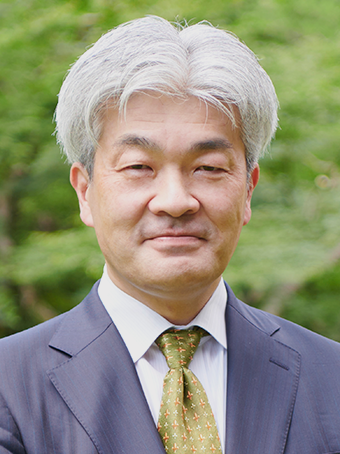

Director & Group Head, Economic Security
Kazuto Suzuki is Professor of Science and Technology Policy at the Graduate School of Public Policy at the University of Tokyo, Japan. He graduated from the Department of International Relations, Ritsumeikan University, and received his Ph.D. from Sussex European Institute, University of Sussex, England. He has worked for the Fondation pour la recherche stratégique in Paris, France as an assistant researcher, as an Associate Professor at the University of Tsukuba from 2000 to 2008, and served as Professor of International Politics at Hokkaido University until 2020. He also spent one year at the School of Public and International Affairs at Princeton University from 2012 to 2013 as a visiting researcher. He served as an expert in the Panel of Experts for Iranian Sanction Committee under the United Nations Security Council from 2013 to July 2015. He has been the President of the Japan Association of International Security and Trade. [Concurrent Position] Professor, Graduate School of Public Policy, The University of Tokyo
View Profile-
 Japan-India Defense in a Fragmenting Indo-Pacific2025.12.10
Japan-India Defense in a Fragmenting Indo-Pacific2025.12.10 -
 The “Economic Security is National Security” Strategy2025.12.09
The “Economic Security is National Security” Strategy2025.12.09 -
 India - Japan: The Glimpse of a Shared Vision2025.12.05
India - Japan: The Glimpse of a Shared Vision2025.12.05 -
 Beijing’s ‘Globalist’ Agenda Under Trump 2.02025.12.01
Beijing’s ‘Globalist’ Agenda Under Trump 2.02025.12.01 -
 Trump’s Tariffs Might Be Here to Stay – No Matter Who’s in Power2025.11.28
Trump’s Tariffs Might Be Here to Stay – No Matter Who’s in Power2025.11.28
 Event Report: The Trump Tariffs and Their Impact on the Japanese Economy2025.11.25
Event Report: The Trump Tariffs and Their Impact on the Japanese Economy2025.11.25 The Real Significance of Trump’s Asia Trip2025.11.14
The Real Significance of Trump’s Asia Trip2025.11.14 The long road to a South Korea-U.S. trade deal2025.11.26
The long road to a South Korea-U.S. trade deal2025.11.26 India’s Structural Reforms: Opportunities and Risks2025.11.14
India’s Structural Reforms: Opportunities and Risks2025.11.14 Can Takaichi Build on a Successful Summit?2025.10.31
Can Takaichi Build on a Successful Summit?2025.10.31





